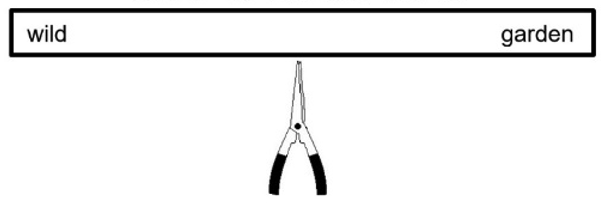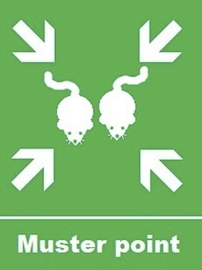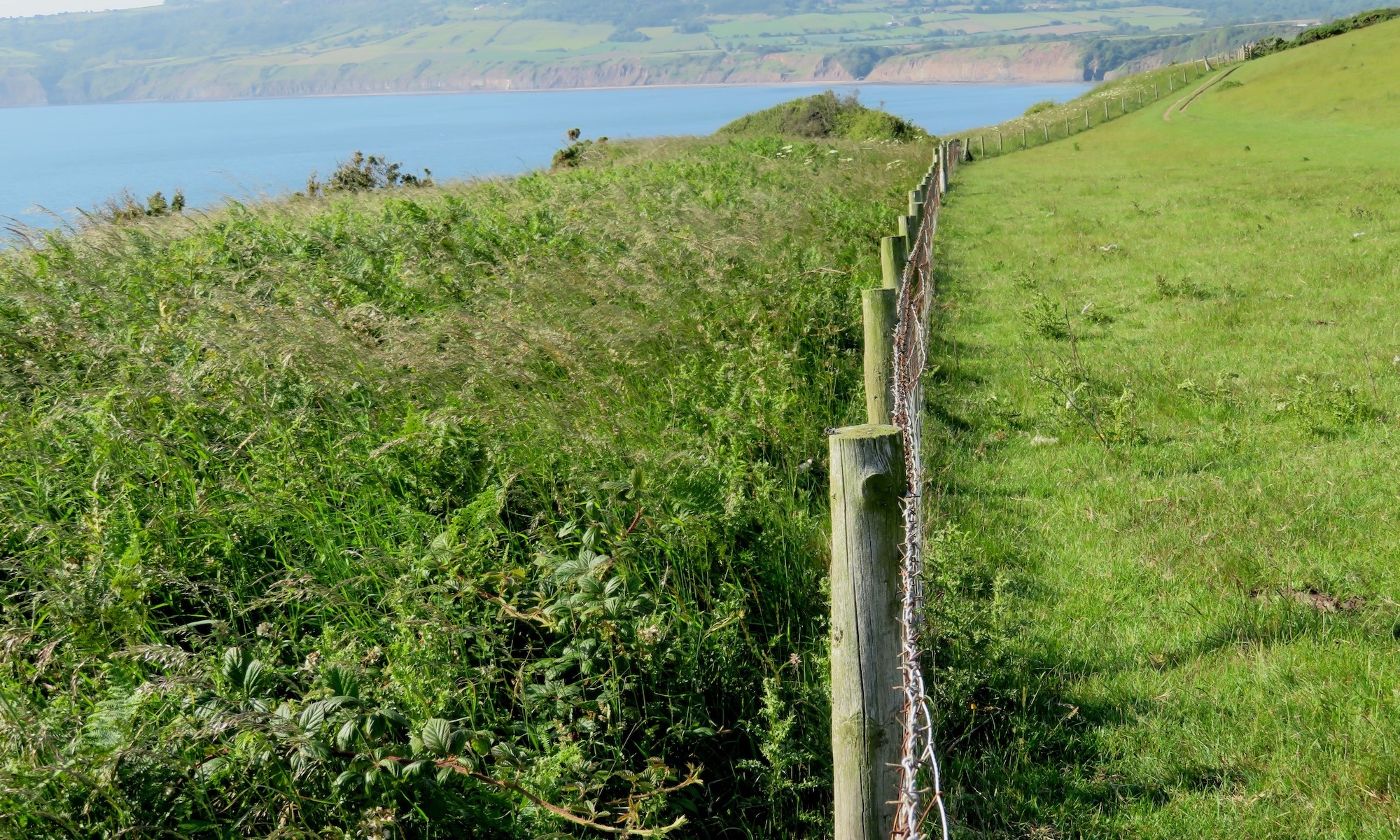by Rachel
23rd May, 2021

Recently, I have been searching ‘land for sale’ websites, longing for a field to call my own. I imagine myself carefully managing it’s restoration to a wild state, and then in a few years, wandering through the luxuriant grasses and wildflowers as clouds of butterflies erupt into the sky, armies of beetles and grubs slowly restore the soil with the dead and decomposed, and rarer birds flit between the scrub patches that have flourished with occasional pruning from grazing rare-breed stock, creating a wonderful mosaic of habitats… But I don’t have the means to buy a field or a piece of woodland. Instead I have a long, thin, rather unkempt garden with neighbours on both sides – and that’ll have to do for now.
So where does rewilding start and gardening end? – because gardening in essence is about control, but whatever notion we have of rewilding surely involves letting go? And what do I, and my family, want from our garden? A place to relax; a weekend’s activity; somewhere to learn, to succeed (and fail); a source of food… The neighbours, for me, are also a consideration – because I like them – and (despite myself) I have the very English trait of worrying about what other people think – and if I decide to let ground-elder run rampant, they probably aren’t going to be happy. So for me, there is a balance to be drawn in rewilding a garden.
I discovered that a pleasingly simple way to start accepting rewilding strategies into my garden is to rename things: That area that’s become overgrown? It’s our Wildlife Buffer Zone. The pile of woody prunings that hasn’t moved in a year? Oh, that’s the Small Mammal Muster Point (we have cats). The dead annuals in the flower bed? Insect Refuge. And what about all those weeds…

My late mother-in-law once advised us ‘If you can pull it up easily, it’s a weed’. The other adage ‘A weed is a plant in the wrong place’ is rather kinder. Here’s a third way – if I rename those weeds as wildflowers, suddenly they become less problematic. Mostly. The afore-mentioned ground-elder still gets pulled; Himalayan balsam – sorry, pulled; Cleavers also gets pulled (easily!) but only because it drags everything else down. Creeping buttercup – currently undecided.
But dandelions – well, we used to get our small children to pick off the flowers for 2p per head – they got more enthusiastic and on one occasion I parted with about £5; the dandelions are now welcome. Lesser celandine creates a bright, shining carpet in spring. Bugle has beautiful little purple flower-spikes. Tall, dusty meadowsweet – too difficult to weed and the hoverflies love it. I discovered ivy-leaved speedwell in a shady spot – viewed through a hand-lens or magnifying glass it has soft hairy leaves and delicate blue stripes. In fact, a hand-lens suddenly turns common ‘weeds’ into blooms as stunning as anything in a formal garden: forget-me-not with its tiny, plump yellow centre, or the pleasing geometry of the barren strawberry flower – not so far from the white rose of Yorkshire. So now I can rename ‘not weeding’ as ‘wildflower horticulture’.
Then of course, there’s the well-known practice of #NoMowMay – a marvellous rebranding of passive (I haven’t mown the lawn in weeks) to active (I’m practicing No Mow May).
No Mow May is likely to grow into No Mow June here – the daisies (which I love, and ‘rescued’ from a rental property) are only just emerging from this cold spring, and in any case the grass is now so wet with the recent, welcome rain that any attempt at mowing would be pointless, as in: ‘This afternoon I’m going to flatten the lawn’. So for now, I’m going to be busy growing wildflowers in my far-reaching, slender, rather wildlife-rich garden.

